When it comes to international trade, particularly importing goods from China to Australia, understanding container shipping costs is critical for businesses aiming to maximize profitability. Shipping costs can vary greatly based on a multitude of factors, including container size, shipping methods, and additional fees. This article will guide you through the key elements that influence shipping expenses, compare different shipping options, and provide valuable insights to help optimize your logistics strategy. By gaining a comprehensive understanding of these aspects, businesses can make informed decisions that enhance their operational efficiency and cost-effectiveness in the competitive global marketplace.
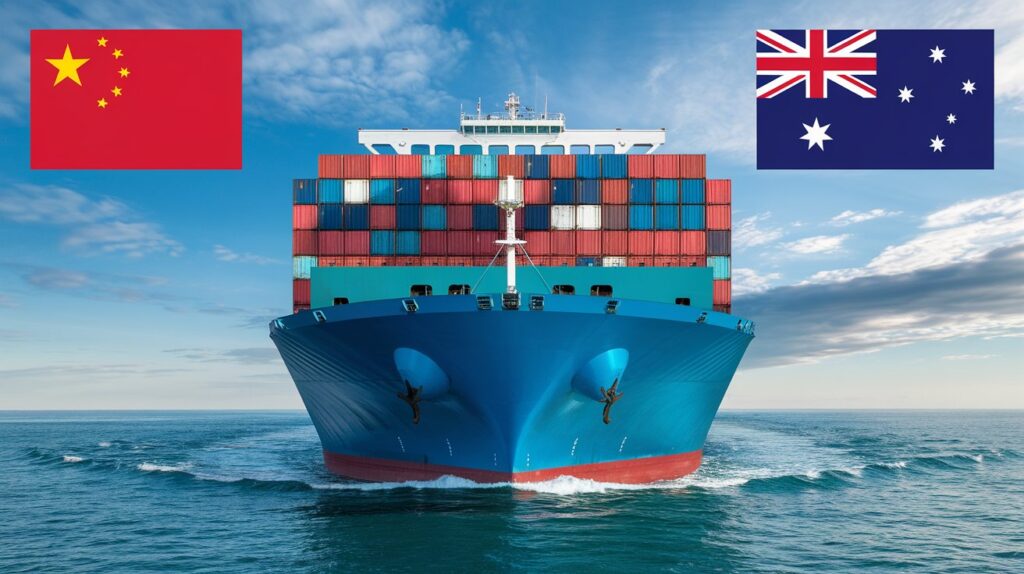
Key Factors Influencing Shipping Costs
Several factors contribute to determining the total shipping costs incurred when transporting containers from China to Australia. Here, we delve into the most critical elements:
Shipping Route and Distance
The shipping route and the distance from the port of departure in China to the destination port in Australia are fundamental aspects influencing shipping costs.
-
Direct Routes: Direct shipping routes are generally more cost-effective since they minimize transit time and fuel consumption. Major ports in China, such as Shanghai and Shenzhen, provide direct services to Australian ports like Sydney, Melbourne, and Brisbane.
-
Indirect Routes: Routes that require transshipment (changing ships at an intermediate port) can lead to increased shipping costs and extended delivery times. Factors such as port congestion and seasonal weather patterns can also affect the efficiency of the route chosen.
| Route Type | Estimated Transit Time | Cost Impact |
|---|---|---|
| Direct Route | 14-21 days | Lower |
| Indirect Route | 21-35 days | Higher due to delays |
The mapping of trade routes has become more efficient with advancements in logistics technology, and companies should select routes that ensure timely delivery while keeping costs manageable.
Container Size: 20ft vs. 40ft
The choice of container size is another crucial factor when calculating shipping costs. Typically, containers come in two standard sizes: 20ft and 40ft. Each size has its pricing structure based on capacity and shipping demands.
-
20ft Container: This is ideal for smaller shipments or when space is a constraint. It can carry approximately 28 cubic meters and is often used for consolidated shipments.
-
40ft Container: This larger container is suitable for bulk shipments, accommodating about 56 cubic meters. It is recommended for businesses looking to transport larger quantities, thus often leading to lower per-unit costs.
| Container Size | Volume (Cubic Meters) | Average Cost (USD) | Cost per Cubic Meter |
|---|---|---|---|
| 20ft | 28 | 1,200 – 1,800 | 43 – 64 |
| 40ft | 56 | 2,200 – 3,400 | 39 – 61 |
When evaluating shipping options, businesses must weigh the benefits of higher volume against the associated costs. Dantful International Logistics can assist in optimizing container usage to maximize efficiency and cost-effectiveness.
Mode of Transport: FCL vs. LCL
The choice between Full Container Load (FCL) and Less than Container Load (LCL) significantly affects shipping costs and timelines.
-
Full Container Load (FCL): When shipping larger volumes, FCL is often the preferred option. In this mode, the shipper has exclusive use of the container, making it ideal for businesses with enough goods to fill a container. FCL typically offers lower shipping rates per unit but requires a higher upfront cost.
-
Less than Container Load (LCL): LCL is advantageous for smaller shipments that do not require a full container. Shippers share the container with other cargo, allowing for lower overall shipping costs. However, LCL can lead to longer transit times due to additional handling and consolidation processes.
| Shipping Mode | Average Cost (USD) | Estimated Transit Time | Best For |
|---|---|---|---|
| FCL | 1,200 – 3,400 | 14-21 days | Large or bulk shipments |
| LCL | 300 – 1,200 | 21-35 days | Small shipments |
Understanding the differences between these shipping modes is essential in determining the most cost-effective solution for your business needs. Dantful Logistics provides both FCL and LCL services, helping businesses streamline their shipping operations cost-effectively.
In the dynamic landscape of international shipping, being informed about the factors influencing container shipping costs is imperative for businesses involved in importing goods from China to Australia. By leveraging this knowledge and partnering with experienced freight forwarders like Dantful, organizations can optimize their shipping strategies and enhance overall logistics efficiency.
Shipping Costs for Containers from China to Australia
Understanding the shipping costs associated with transporting containers from China to Australia is essential for businesses engaged in international trade. Various factors affect the overall expenses, including container size, shipping method, and additional fees. This section delves into the specifics of 20ft and 40ft container shipping costs, as well as provides a comparison of Full Container Load (FCL) and Less than Container Load (LCL) shipping options.
20 ft Container Shipping Cost from China to Australia
Cost Breakdown for 20ft Containers
The cost to ship a 20ft container from China to Australia can vary based on several factors, including the shipping company, current fuel prices, and specific routes. On average, businesses can expect to pay between $1,200 and $1,800 for a 20ft container shipment. Below is a detailed breakdown of various elements contributing to this cost:
| Cost Element | Estimated Cost (USD) |
|---|---|
| Base Shipping Rate | $800 – $1,200 |
| Port Fees (Loading & Unloading) | $200 – $400 |
| Customs Clearance Fees | $100 – $300 |
| Insurance Services | $50 – $100 |
The total cost could range from $1,150 to $2,000, and it is important to work with a reliable freight forwarder, like Dantful International Logistics, to ensure all aspects are covered comprehensively.
40 ft Container Shipping Cost from China to Australia
Cost Breakdown for 40ft Containers
When considering a 40ft container, the shipping costs increase due to its larger capacity. Typically, the cost for shipping a 40ft container ranges from $2,200 to $3,400. The cost breakdown for shipping a 40ft container includes the following elements:
| Cost Element | Estimated Cost (USD) |
|---|---|
| Base Shipping Rate | $1,500 – $2,300 |
| Port Fees (Loading & Unloading) | $300 – $600 |
| Customs Clearance Fees | $100 – $300 |
| Insurance Services | $100 – $200 |
The total cost for shipping a 40ft container generally falls between $2,000 and $3,600. Given the higher capacity, it is often more economical on a per-unit basis compared to a 20ft container. Engaging with experienced providers such as Dantful can further enhance shipping efficiency and reduce costs.
Comparison of FCL and LCL Shipping Costs
When deciding between Full Container Load (FCL) and Less than Container Load (LCL), shippers should consider their volume needs and how that impacts costs. Below is a comparative analysis of both options:
| Shipping Mode | Average Cost (USD per Unit) | Estimated Transit Time | Best For |
|---|---|---|---|
| FCL | $1,200 – $3,400 (20ft and 40ft) | 14-21 days | Large or bulk shipments |
| LCL | $300 – $1,200 (based on volume) | 21-35 days | Small shipments |
While FCL generally offers a better rate per unit for larger shipments, LCL allows for flexibility and cost savings for smaller shipments. It is beneficial for businesses to assess their shipping patterns and volume to choose the most suitable option.
You may be interested in the following related articles:
- The Ultimate Guide to Sea Freight from China to Finland
- The Ultimate Guide to Container Shipping Costs from China to USA in 2024
- Cheapest Shipping Company from China to Russia: What You Need to Know
- How to Save Money with a Freight Forwarder from China to Netherlands
- The Ultimate Guide to Container Shipping Costs from China to Africa in 2024
- Container Shipping Costs from China to Ireland: What You Need to Know
Additional Fees and Charges
In addition to base shipping costs, importers should account for various additional fees and charges that may arise during the shipping process.
Port Fees and Handling Charges
Port fees and handling charges are incurred at both the departure and arrival ports. These fees typically cover the costs of loading and unloading cargo, storage, and other logistical services provided at the port. On average, port fees can vary from $200 to $600, depending on the port’s location and the specific services required.
Customs Duties and Taxes
Customs duties and taxes can significantly impact the overall cost of importing goods from China to Australia. These charges are based on the value of the goods being imported and can fluctuate based on product classifications. Importers should be prepared to pay:
- Customs Duties: Typically ranging from 0% to 10% of the product value.
- Goods and Services Tax (GST): Generally, a 10% GST is applicable on the total cost of goods, including shipping.
Understanding these additional fees is crucial for businesses to fully estimate their total shipping costs and comply with regulatory requirements. Partnering with a knowledgeable freight forwarder like Dantful can streamline the customs process and help avoid unexpected charges.
By considering the outlined costs and factors, businesses can better navigate the complexities of shipping containers from China to Australia, ensuring an efficient and cost-effective logistics strategy.
Read More:
- Shipping From China to Australia
- Shipping From China to New Zealand
- Shipping From China to Papua New Guinea
- Shipping From China to Fiji
- Shipping From China to Solomon Islands
- Shipping From China to Vanuatu
Shipping Time from China to Australia
Understanding shipping times is essential for businesses engaged in international trade, particularly when importing goods from China to Australia. Effective management of shipping durations can help optimize supply chains and improve inventory control.
Average Transit Times for Sea Freight
The shipping duration for sea freight from China to Australia can vary based on several factors, including the shipping route, port congestion, and the specific shipping line chosen. Generally, the average transit times are as follows:
| Shipping Route | Estimated Transit Time |
|---|---|
| Shanghai to Sydney | 14-20 days |
| Shenzhen to Melbourne | 14-21 days |
| Guangzhou to Brisbane | 16-22 days |
| Ningbo to Perth | 18-25 days |
These transit times represent standard shipping practices and can fluctuate due to external variables such as weather conditions, operational delays at ports, and other logistical challenges. It’s crucial for businesses to plan shipments accordingly to meet customer expectations and maintain efficiency in their operations.
Factors Affecting Shipping Duration
Several factors can influence the duration of shipping containers from China to Australia:
1. Port Congestion
Port congestion can significantly impact transit times. High traffic at ports can lead to delays in loading and unloading containers. Monitoring port conditions and choosing less congested ports when possible can help minimize potential delays.
2. Shipping Line and Route Selection
The choice of shipping line and route can also influence delivery times. Some shipping lines offer faster transit options with premium pricing, whereas others may provide more economical rates but with longer delivery times. Understanding the balance between cost and speed is essential for effective logistics management.
3. Weather Conditions
Adverse weather conditions, including typhoons or heavy storms, can disrupt shipping schedules. It is essential to be aware of seasonal weather patterns and how they may affect shipping times during specific periods of the year.
4. Customs Clearance Processing
The customs clearance process can contribute to delays in shipping duration. Each country has specific customs regulations, and the time taken to clear goods through customs can vary. Ensuring proper documentation and compliance with customs regulations can expedite this process.
Tips for Reducing Container Shipping Costs
Businesses looking to optimize their shipping expenses can implement various strategies to reduce container shipping costs effectively. Below are two critical tips that can help in achieving cost-efficiency.
Choosing the Right Freight Forwarder
Selecting an experienced and reliable freight forwarder, such as Dantful International Logistics, can make a significant difference in shipping costs. A knowledgeable freight forwarder can help businesses navigate complex logistics, negotiate better shipping rates, and provide valuable insights into optimizing supply chains.
Key Considerations When Choosing a Freight Forwarder:
- Reputation and Experience: Look for a freight forwarder with a strong track record in the industry and positive customer reviews.
- Service Offerings: Ensure the freight forwarder provides comprehensive services, including customs clearance, insurance, and warehousing.
- Networking and Relationships: A freight forwarder with robust connections to shipping lines and port authorities can often secure more favorable rates and quicker transit times.
Consolidating Shipments for Cost Efficiency
Consolidating shipments is another effective way to reduce shipping costs. By combining multiple smaller shipments into a single large container, businesses can leverage economies of scale. This approach not only decreases shipping costs but also minimizes the environmental impact of transporting goods.
Benefits of Shipment Consolidation:
- Lower Shipping Rates: Consolidation can significantly reduce the per-unit shipping cost due to bulk pricing advantages.
- Increased Efficiency: Fewer shipments mean less time spent on logistics management and coordination.
- Streamlined Customs Processing: Fewer containers may simplify the customs clearance process, reducing potential delays.
By implementing these strategies and understanding the factors that affect shipping times and costs, businesses importing goods from China to Australia can enhance their logistics operations, ultimately improving their bottom line.
FAQs
1. What are the average shipping costs for a container from China to Australia?
The cost to ship a 20ft container ranges from $1,200 to $1,800, while a 40ft container typically costs between $2,200 and $3,400. These costs vary based on several factors, including shipping company, fuel prices, and specific routes.
2. What factors influence shipping costs?
Key factors influencing shipping costs include:
- Shipping Route and Distance: Direct routes are generally more cost-effective.
- Container Size: Options include 20ft and 40ft containers, with prices varying accordingly.
- Mode of Transport: Choosing between Full Container Load (FCL) and Less than Container Load (LCL) can impact costs and shipping timelines.
3. What is the difference between FCL and LCL?
- Full Container Load (FCL): Ideal for larger shipments, offering lower shipping rates per unit but requiring a full container.
- Less than Container Load (LCL): Suitable for smaller shipments, allowing for shared container use, which can lead to higher shipping times due to additional handling.
4. How long does it take to ship goods from China to Australia?
Average transit times for sea freight from China to Australia range from 14 to 25 days, depending on the specific route and operational conditions.
5. What additional fees should I expect?
In addition to base shipping costs, businesses should anticipate:
- Port Fees: Varies from $200 to $600 for loading, unloading, and storage.
- Customs Duties and Taxes: Generally between 0% to 10% of the product value plus a 10% Goods and Services Tax (GST).
6. How can I reduce shipping costs?
To optimize shipping expenses:
- Choose the Right Freight Forwarder: A reliable freight forwarder like Dantful International Logistics can help secure better rates and streamline logistics.
- Consolidate Shipments: Combining smaller shipments into a single large container can decrease per-unit shipping costs and enhance efficiency.
7. What should I know about customs clearance?
The customs clearance process can affect shipping duration. Ensure proper documentation and compliance with regulations to expedite clearance. Working with an experienced freight forwarder can help navigate customs efficiently.
By understanding these FAQs, businesses can make informed decisions regarding their shipping strategies when importing goods from China to Australia.

Young Chiu is a seasoned logistics expert with over 15 years of experience in international freight forwarding and supply chain management. As CEO of Dantful International Logistics, Young is dedicated to providing valuable insights and practical advice to businesses navigating the complexities of global shipping.


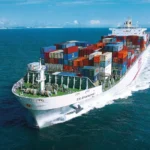
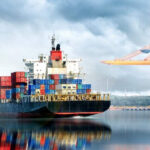
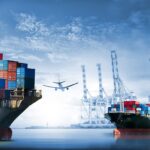


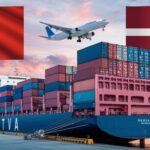

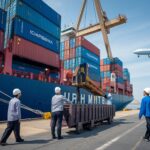
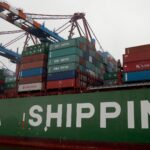
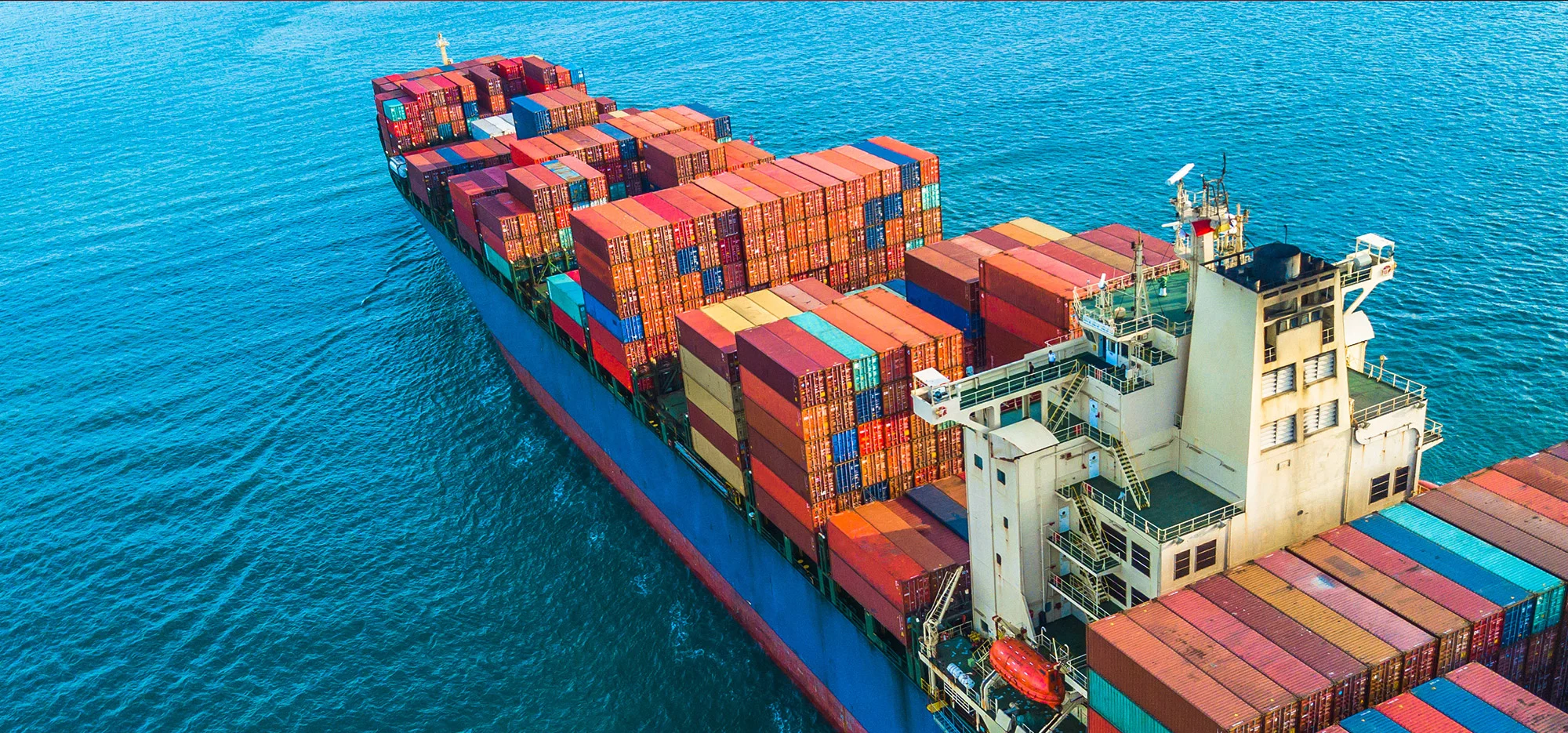
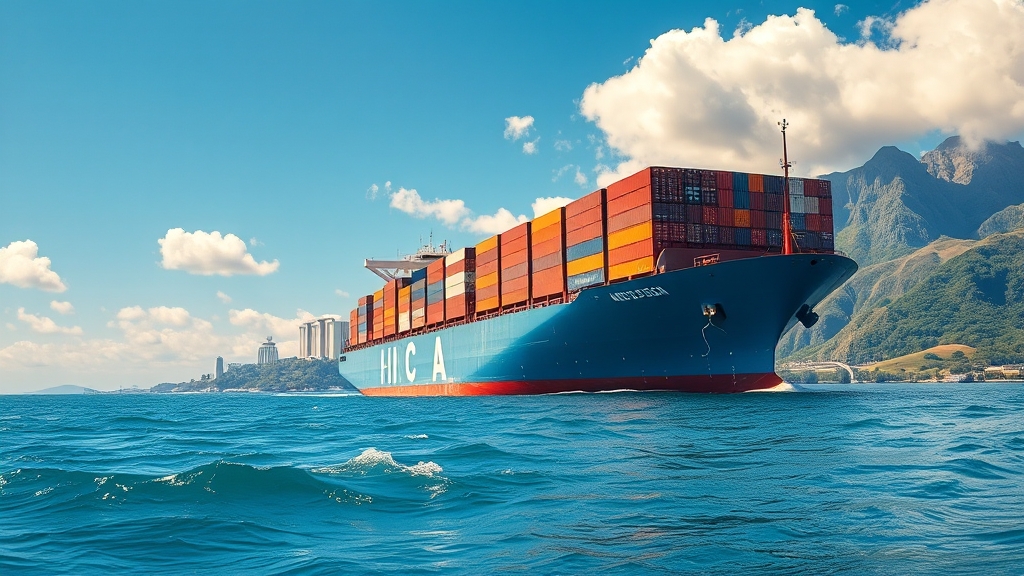

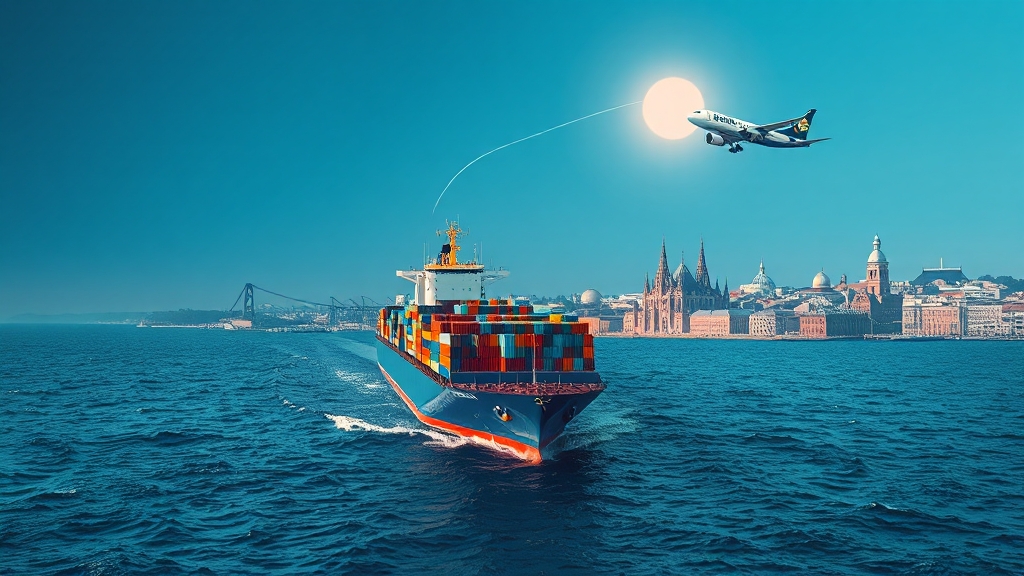
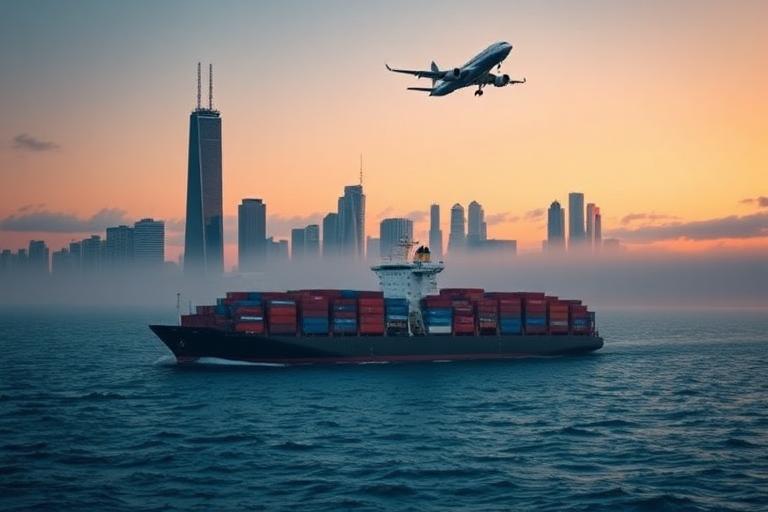





 Afrikaans
Afrikaans Shqip
Shqip አማርኛ
አማርኛ العربية
العربية Հայերեն
Հայերեն Azərbaycan dili
Azərbaycan dili Euskara
Euskara Беларуская мова
Беларуская мова বাংলা
বাংলা Bosanski
Bosanski Български
Български Català
Català Cebuano
Cebuano Chichewa
Chichewa 简体中文
简体中文 繁體中文
繁體中文 Corsu
Corsu Hrvatski
Hrvatski Čeština
Čeština Dansk
Dansk Nederlands
Nederlands English
English Esperanto
Esperanto Eesti
Eesti Filipino
Filipino Suomi
Suomi Français
Français Galego
Galego ქართული
ქართული Deutsch
Deutsch Ελληνικά
Ελληνικά Kreyol ayisyen
Kreyol ayisyen Harshen Hausa
Harshen Hausa Ōlelo Hawaiʻi
Ōlelo Hawaiʻi עִבְרִית
עִבְרִית हिन्दी
हिन्दी Hmong
Hmong Magyar
Magyar Íslenska
Íslenska Igbo
Igbo Bahasa Indonesia
Bahasa Indonesia Gaeilge
Gaeilge Italiano
Italiano 日本語
日本語 Basa Jawa
Basa Jawa ಕನ್ನಡ
ಕನ್ನಡ Қазақ тілі
Қазақ тілі ភាសាខ្មែរ
ភាសាខ្មែរ 한국어
한국어 كوردی
كوردی Кыргызча
Кыргызча ພາສາລາວ
ພາສາລາວ Latin
Latin Latviešu valoda
Latviešu valoda Lietuvių kalba
Lietuvių kalba Lëtzebuergesch
Lëtzebuergesch Македонски јазик
Македонски јазик Malagasy
Malagasy Bahasa Melayu
Bahasa Melayu മലയാളം
മലയാളം Maltese
Maltese Te Reo Māori
Te Reo Māori मराठी
मराठी Монгол
Монгол ဗမာစာ
ဗမာစာ नेपाली
नेपाली Norsk bokmål
Norsk bokmål پښتو
پښتو فارسی
فارسی Polski
Polski Português
Português ਪੰਜਾਬੀ
ਪੰਜਾਬੀ Română
Română Русский
Русский Samoan
Samoan Gàidhlig
Gàidhlig Српски језик
Српски језик Sesotho
Sesotho Shona
Shona سنڌي
سنڌي සිංහල
සිංහල Slovenčina
Slovenčina Slovenščina
Slovenščina Afsoomaali
Afsoomaali Español
Español Basa Sunda
Basa Sunda Kiswahili
Kiswahili Svenska
Svenska Тоҷикӣ
Тоҷикӣ தமிழ்
தமிழ் తెలుగు
తెలుగు ไทย
ไทย Türkçe
Türkçe Українська
Українська اردو
اردو O‘zbekcha
O‘zbekcha Tiếng Việt
Tiếng Việt Cymraeg
Cymraeg יידיש
יידיש Yorùbá
Yorùbá Zulu
Zulu